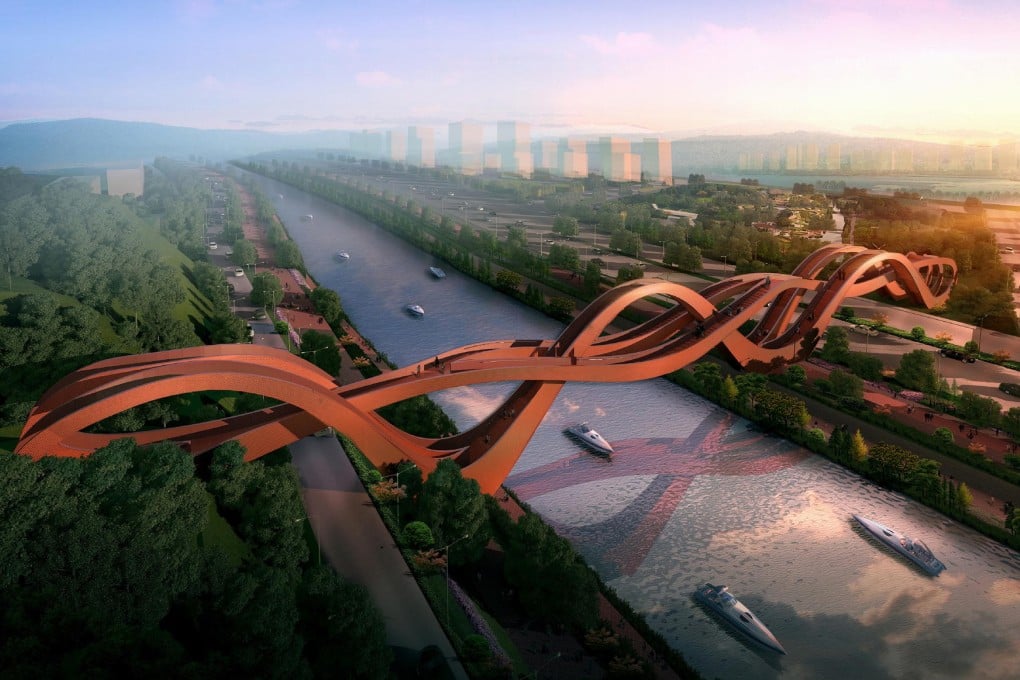China's Dragon King Bridge connects two architectural concepts
Bridges exist to transport people and traffic from one point to another in the shortest possible time.

Bridges exist to transport people and traffic from one point to another in the shortest possible time. China has many examples of bridge-building expertise: the world's highest suspension bridge (Sidu River Bridge in Hubei province), and the longest and widest cable-stay bridge (Jiashao Bridge, which stretches across Hangzhou Bay), rate among the engineering marvels of the world.
Apart from a purely utilitarian function, bridges can also play a role both in defining cities - consider the Sydney Harbour Bridge or San Francisco's Golden Gate Bridge - and bringing communities together. Typically built by engineers, China's bridges could hardly be called iconic (the 56 replica bridges of Suzhou, which include a copy of London's Tower Bridge, don't count) but that may be about to change now that architecture has a hand in infrastructure development.
Dutch firm Next Architects has won international attention - and first prize in a global competition - for its design of a curvaceous new walkway in Changsha, a bridge variously described as crazy, beautiful, trendsetting and even one of the sexiest projects of 2014.
Next partners John van de Water and Jiang Xiao Fei led the project to design a pedestrian bridge that would be "more than just a connection", but a key public space within the Dragon King Harbour River development.
Recreational, ecological and touristic programmes will be integrated into the construction of the 150-metre-long, 24-metre-high bridge. Construction began in May and the bridge is expected to be completed by the end of the year.
The three-dimensional design is modelled after the Möbius ring, a never-ending form whose end connects to its beginning.
"It is basically an endless stair," says Van de Water, explaining how construction limitations met architectonic ambition in a design intended to exploit the view of the landscape and lights along the river, as well as connecting a series of levels from mountaintop to the road below.